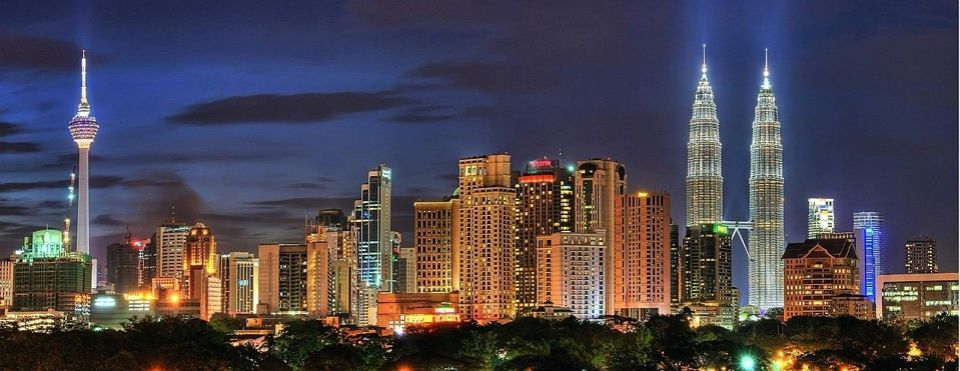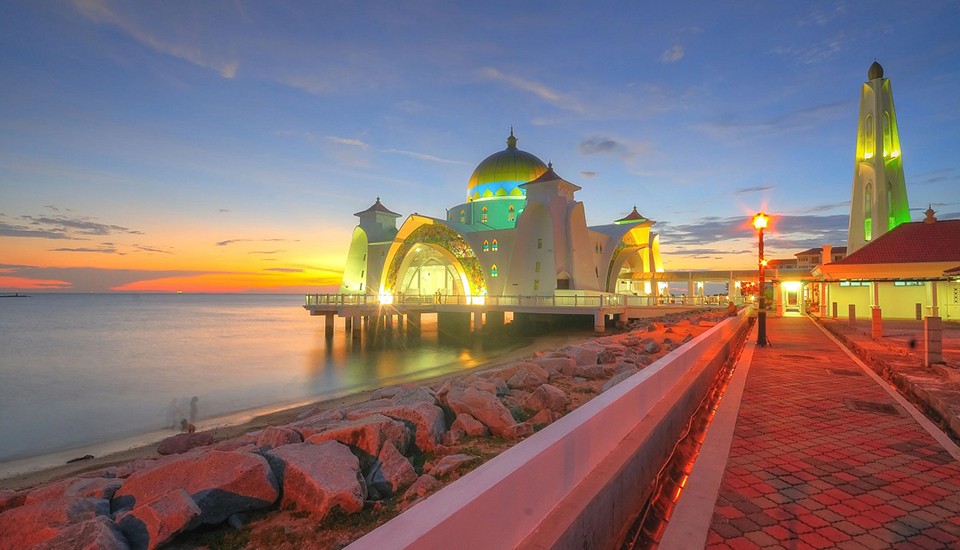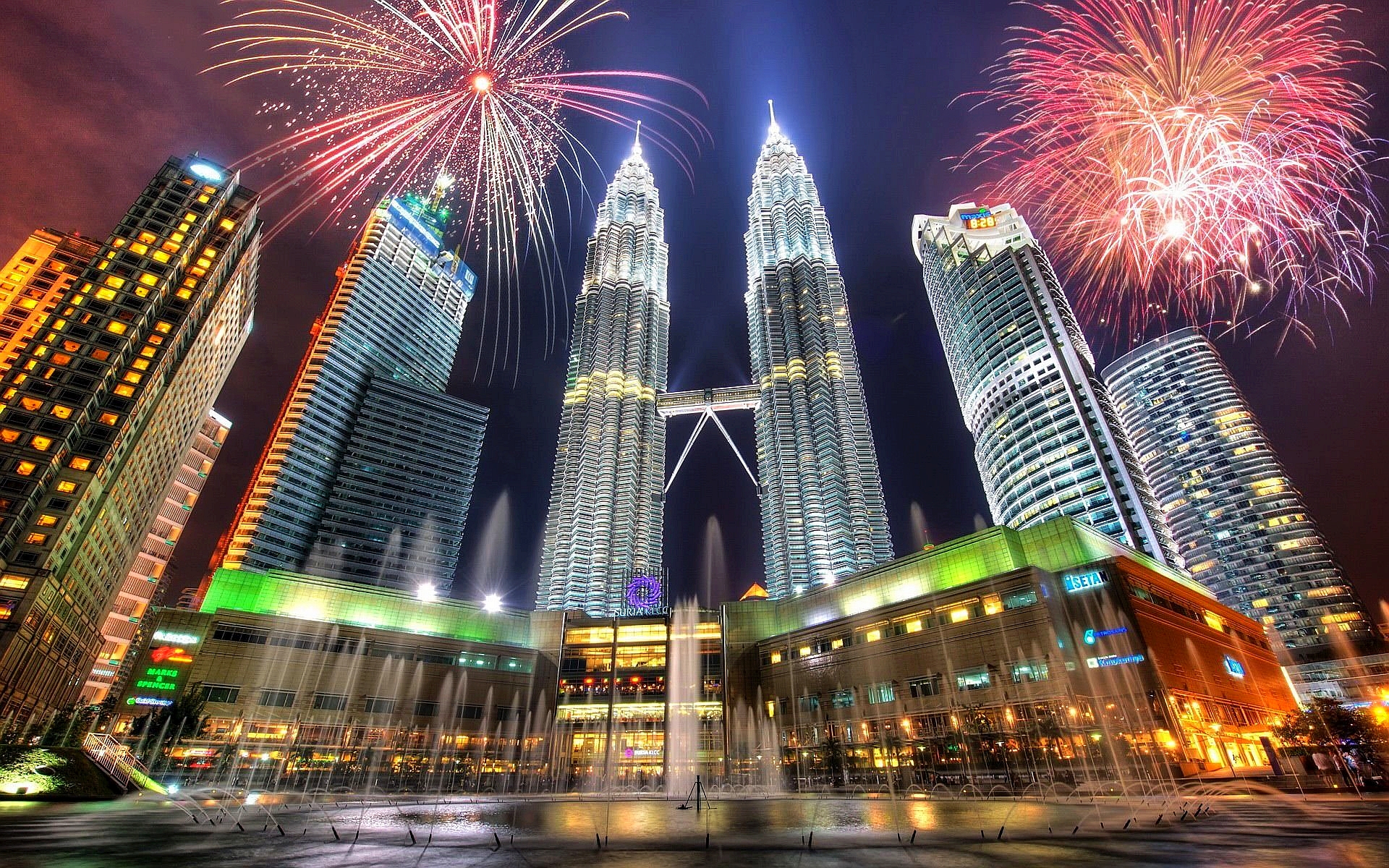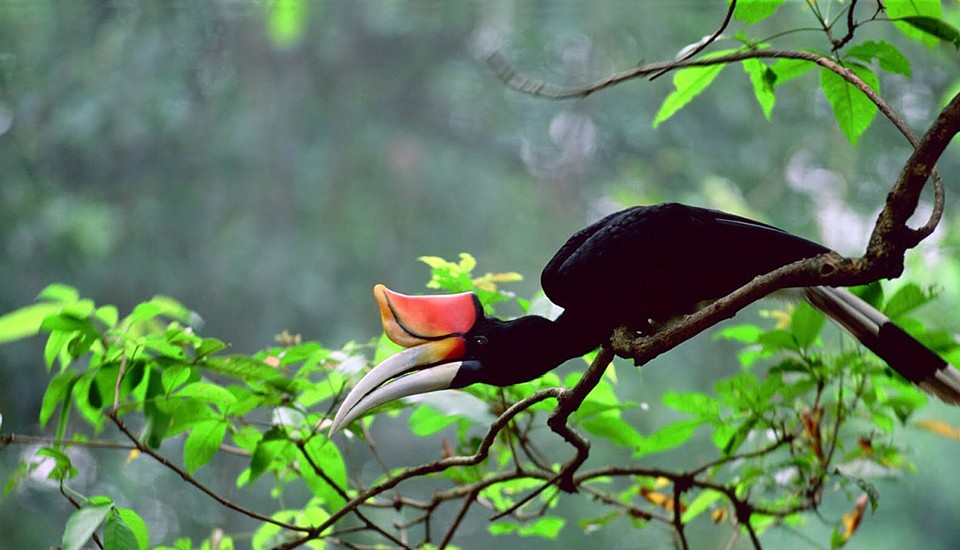Malaysia
Malaysia has “few faces”. Malaysia today is a country of contrasts. Towering skyscrapers look down upon wooden houses built on stilts, and five-star hotels sit several meters away from ancient reefs. Cool hideaways are found in the highlands that roll down to warm, sandy beaches and rich, humid mangroves. To visit Malaysia is to experience a harmony of varied cultures and landscapes.
Kuala Lumpur is one of Asian Mega Cities, modern, with extended network of highways, sky and bullet train rails, skyscrapers, dozens of shopping malls and more than hundred 5 star hotels and modern world class airport. Some rural areas still are undeveloped, peasants are living in traditional wooden houses and practicing traditional ways of agriculture. On Borneo island inside deep jungle still are living “head hunters” tribes as Dayaks, Ibans and Kadazans.
Malaysia weather benefits from a tropical climate with high temperatures and high humidty throughout the year. Daytime temperatures rise above 30°C (86°F) year-round and night-time temperatures rarely drop below 20°C (68°F).
Geography and climate
Malaysia is situated in central South-East Asia, bordering Thailand in the north, with Singapore to the south and Indonesia to the south and west. It is composed of Peninsular Malaysia and the states of Sabah and Sarawak on the north coast of the island of Borneo, 650 to 950km (404 to 600 miles) across the South China Sea. Peninsular Malaysia is an area of forested mountain ranges running north-south, on either side of which are low-lying coastal plains. The coastline extends some 1,900km (1,200 miles).
The west coast consists of mangrove swamps and mudflats which separate into bays and inlets. In the west, the plains have been cleared and cultivated, while the unsheltered east coast consists of tranquil beaches backed by dense jungle. The major islands are Langkawi (a group of 99 islands), Penang and Pangkor off the west coast; and Tioman, Redang, Kapas, Perhentian and Rawa off the east coast. In Malaysian Borneo, Sarawak has alluvial and, in places, swampy coastal plains with rivers penetrating the jungle-covered hills and mountains of the interior. Sabah has a narrow coastal plain which gives way to mountains and jungle. Mount Kinabalu, at 4,094m (13,432ft), is the highest peak in Malaysia.
Best time to visit:
The best time for beach holidays or scuba-diving will depend on which part of Malaysia you intend to visit. Please consult with our Polow team which is best itinerary for your visit. The country is affected by the south-west monsoon from May to September and the north-east monsoon from November to February, and different parts of the country have their dry and wet seasons at different times of year.
On the West coast, the wettest months are May to September, while on the east coast, the wettest months are September to November. Kuala Lumpur is wettest from March to April and September to October, while Malaysian Borneo sees its heaviest rainfall between November and February. The best time to visit for dry weather is June and July on the east coast, January to March on the west coast, April to June in Sabah and May to August in Sarawak.
Above its theory. During wettest month many days can last dry and during dry season scattered rains can fall. Tourism can be practiced all year round.
Most recommended places to be visited:
Overland Tours – The best way to explore Malaysia’s ethnic diversity and plantations from lowland to highlands.
Scuba diving – The most popular spots are the islands off the East Coast of peninsular Malaysia (Perhentian, Redang, Tioman and many more), although the dive season is limited to April through September. However, the most famous dive site, often ranked among the best in the world, is Sipadan in at the easternmost tip of Malaysian Borneo, and there are many other less well known sites like Layang Layang.
Whitewater rafting – Many national parks in Malaysia offer whitewater rafting, where you brave anything from tame Grade I to the incredibly difficult and dangerous Grade V rapids.
Jungle Trekking – The oldest rainforest in the world is located in Malaysia, along with 25 other national parks. The best treks are in Taman Negara and Borneo.
Self– drive – Due to Malaysia’s smooth highways, stretching from Johore Baru (border to Singapore) in the south to Bukit Kayu Hitam (border to Thailand) in the north, you can feel comfortable renting a car driving the length of the country at your own leisurely pace.
Shopping – Kuala Lumpur is fast becoming one of the best shopping cities in South East Asia, with great shopping facilities. Penang is not far behind.
Food Trails – Malaysia’s mixed culture produces many variety of food. Penang, Malacca, Kuala Lumpur and Ipoh are known food havens.
Mountain climbing. The most popular summit is Mt.Kinabalu 4410m, is the highest in South East Asia. Others include Mt Tahan, Frasers hill and Penang hill.
Golfing – There are about 200 golf courses in Malaysia, designed up to the highest caliber international standard. Although most courses belong to private clubs, many welcome visitors and charge only nominal green fees.
For holidaymakers most recommended are luxury resorts on islands: Langkawi, Penang, Tioman.
For corporate incentive groups most recommended is 2 days stopover in Kuala Lumpur which may be combined with few days adventure program on Borneo.










